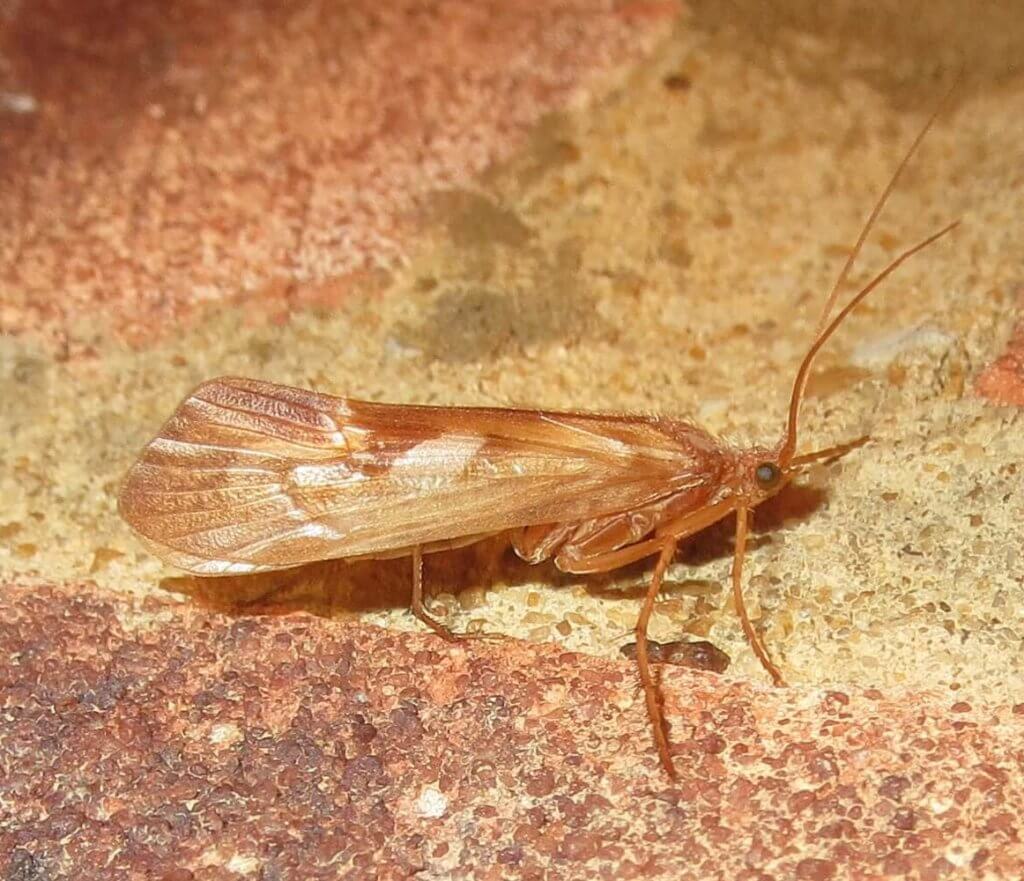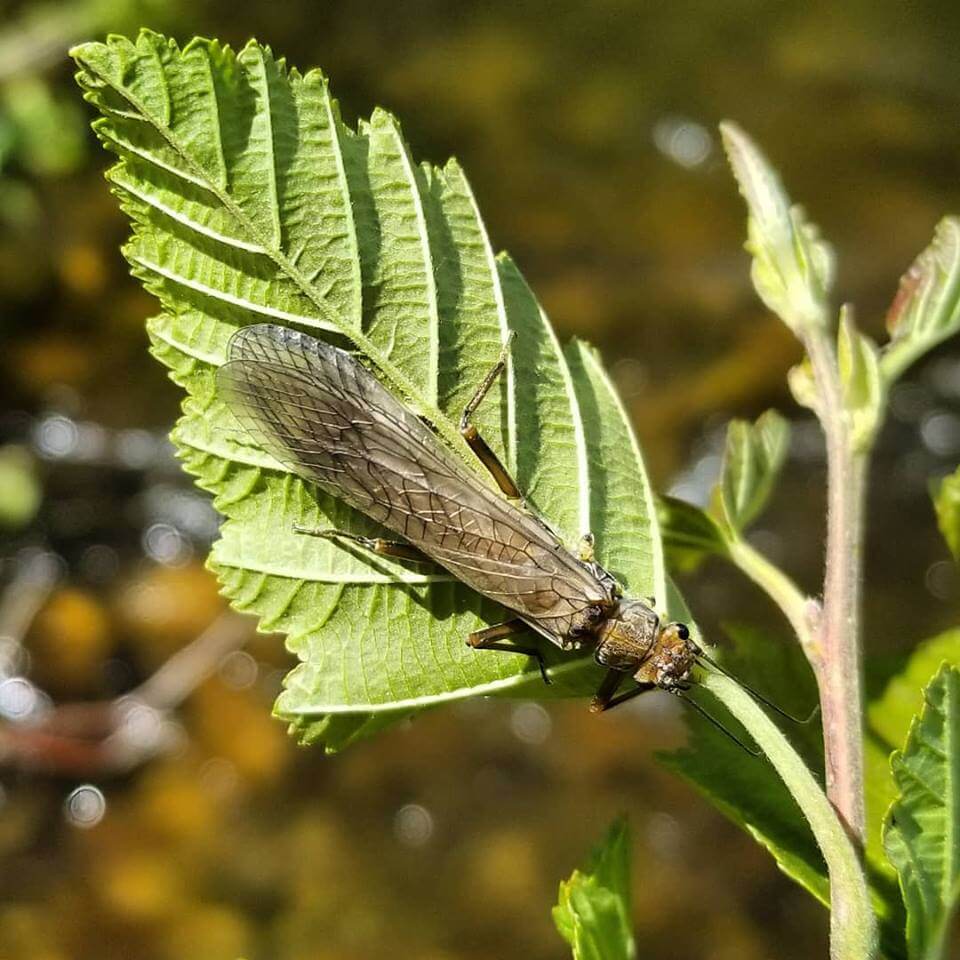Caddis
Be ready for the blizzard caddisflies found in Missoula and all over Montana by clicking on the photos. Discover when you’re going to need them, and what you can expect when you tie a caddis pattern on the end of your leader. Click on the guide tips to see what Missoula’s best fly fishing guides have learned in thousands of hours on the water. Find out where the caddisflies are, what flies you need and the best strategy to meet the Montana caddisfly hatches
Caddis Life Cycle

Of the dominant insects in the fly fishing world, the caddis has the most sophisticated life cycle, and will be found in both moving and still water. The life cycle consists of four stages- egg, larva, pupa and adult, occurring over a one year span. Once the eggs hatch, the larva emerge and begin to feed. As they grow, they create protection for their fragile bodies, creating a case of river bottom detritus or spinning a web. Approximately a month before adulthood, the larva goes into hiding and pupates, just as a caterpillar becomes a butterfly. Once pupation is finished, the adult fills its body with gas, rises to the surface and pops through the meniscus as a fully formed adult. Once emerged, the adults head to shoreline cover, mate and then return to the water to lay their eggs. The adult caddis will live any where from 4 days to two weeks, and will return to the water multiple times to lay eggs. The caddis is largely overlooked by anglers in it’s larval and nymphal stage, but the next time you’re in a blizzard of caddis flies returning to lay eggs, remember they all spent 50 weeks on the bottom, and the trout are very aware of their presence in Montana.






